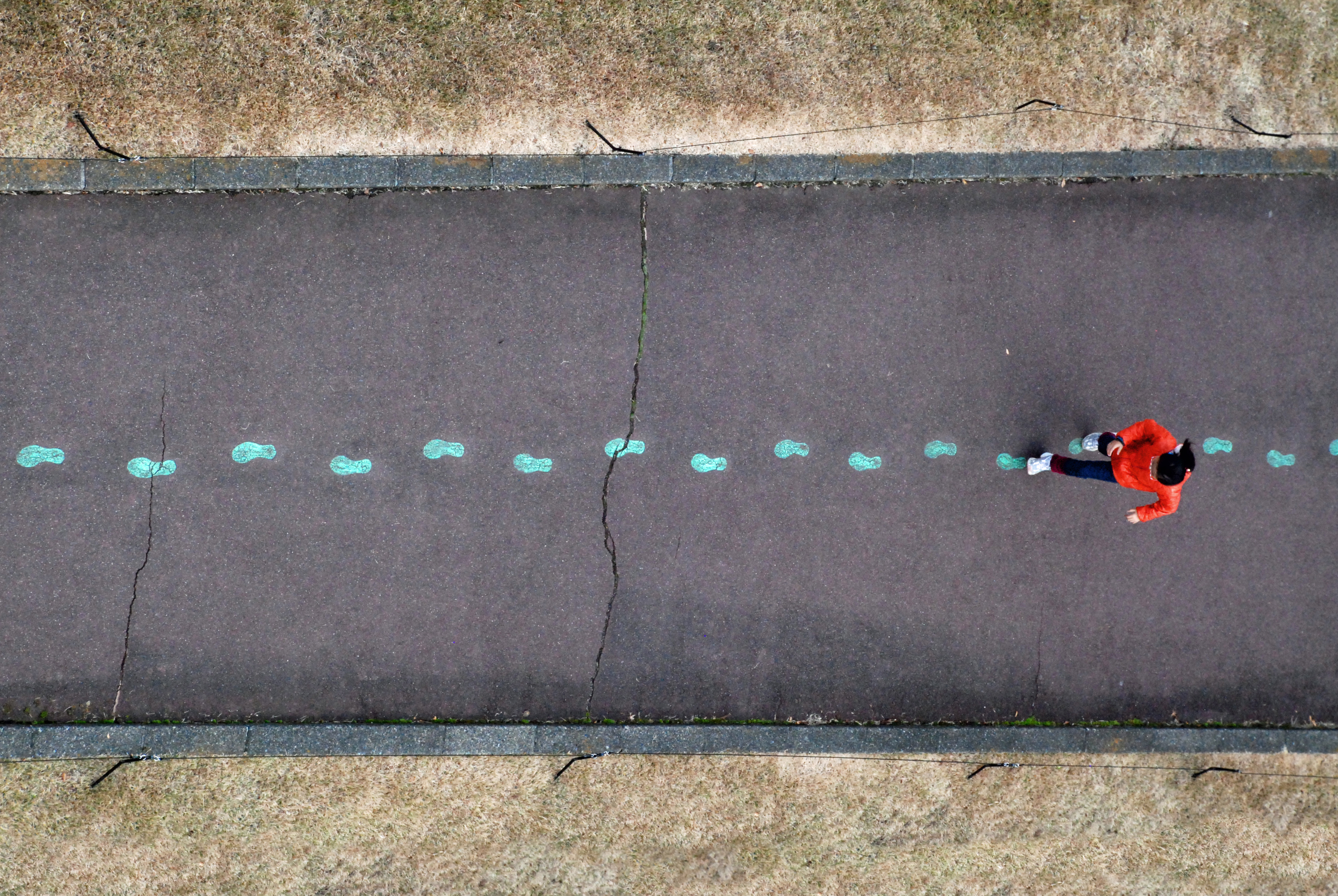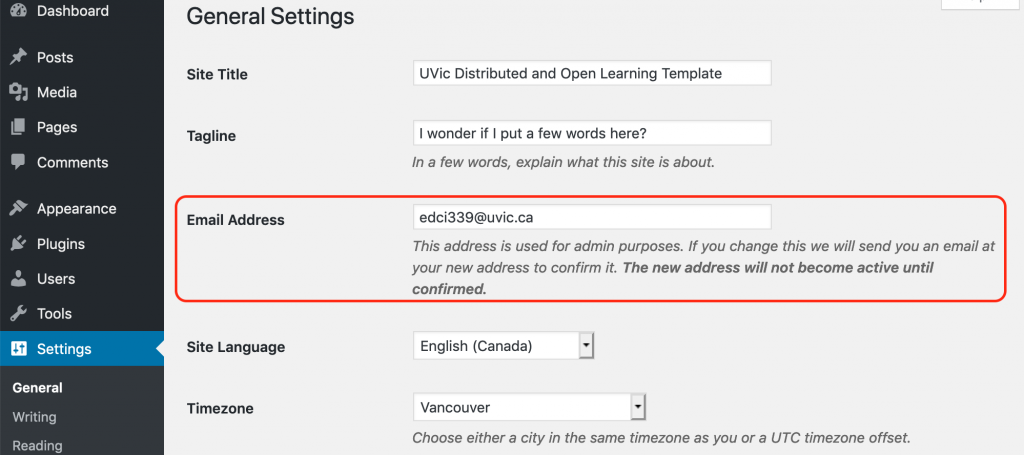In Twitter, people can share whatever they like such as articles, tutorial videos, selfies, conversations and so on. Among these, articles, tutorial videos are educational resources and can be used for open learning.
There is no doubt that Twitter can be used to increase access to education. For example, people using Twitter can share resources, which can be regarded as Open Educational Resources to a certain degree.
Kay(2013) indicated that while some insist that a tweet’s 140-character limit can not be useful in the classroom, others encourage the use of the micro-blogging platform to promote discussion (“Props,” 2010), connect students outside the formal classroom (Stieger & Burger, 2010), assess on-going course assignments (Aspden & Thorpe, 2009), facilitate collaboration (“BETT,” 2010) and encour age continued informal learning outside of the classroom (Ebner, Lienhardt, Rohs, & Meyer, 2010) . That is to say, as an “open platform”, Twitter can benefit both the educators and learners a lot.
The users of Twitter are more than millions of people who can bring a wide range of resources. Meanwhile, all of the resources can be access easily for free as Twitter is a public open platform, which can help learners save much money and time. Many students and residents are already accustomed to checking Tweets, texts and e-mails regularly. Using Twitter to post links to credible sources will likely increase students’ use of those resources, as a simple click will take them to the information (Forgie,Duff,Ross, 2012). In a public platform, instead of sending email to teachers for help, students can help each other to make progress, which will be more efficient and convenient.
For educators, it might be easier to share instructions and other information because most of people nowadays choose to use Twitter as their social networking applications and they are familiar with the sharing and accessing information steps. Twitter polling applications allow educators to offer a different option for informal quizzing and polls when compared to a show of hands (Ebner, Lienhardt, Rohs, & Meyer, 2010). Apart from these, links to current media stories that relate to course content create ‘real life’ applications that may allow students to contextualize course information (Aujla,2009).
As far as I am concerned, Twitter does have a negative effect on learners and educators. While sharing resources in Twitter, it would be easy to distract learners’ attraction because the information sources are various and not all of the information in Twitter is helpful. Students unfamiliar with the platform may complain about having to do something that strays from traditional classroom expectations while those familiar with Twitter may complain about their lagging colleagues (Kay,2012). For educators, after all Twitter is not a formal platform for people to share Open Educational Resources, its functions for this is not complete enough. According to Kay(2012), teachers might face pressure from parents because Parents may even challenge the use of Twitter as being irrelevant and a risk of exposing their children to outsiders.
In my opinion, Twitter is a double-edged sword to open learning and the sharing of open educational resources and it does more good than harm to both learners and educators. Only if people make good use of it, can it benefit us to the maximum degree. What Kay suggested in 2012 is that embrace technology and search for innovative ways to enhance student learning whether that happens within the physical confines of a classroom or happens virtually using social media.
Reference:
Wiley, D., & Hilton III, J. L. (2018). Defining OER-Enabled Pedagogy. The International Review of Research in Open and Distributed Learning, 19(4). https://doi.org/10.19173/irrodl.v19i4.3601
Seo, K. (2013). Using Social Media Effectively in the Classroom. New York: Routledge, https://doi-org.ezproxy.library.uvic.ca/10.4324/9780203101490
Forgie, S. E., Duff, J. P., & Ross, S. (2013). Twelve tips for using Twitter as a learning tool in medical education. Medical Teacher, 35(1), 8–14. https://doi-org.ezproxy.library.uvic.ca/10.3109/0142159X.2012.746448

